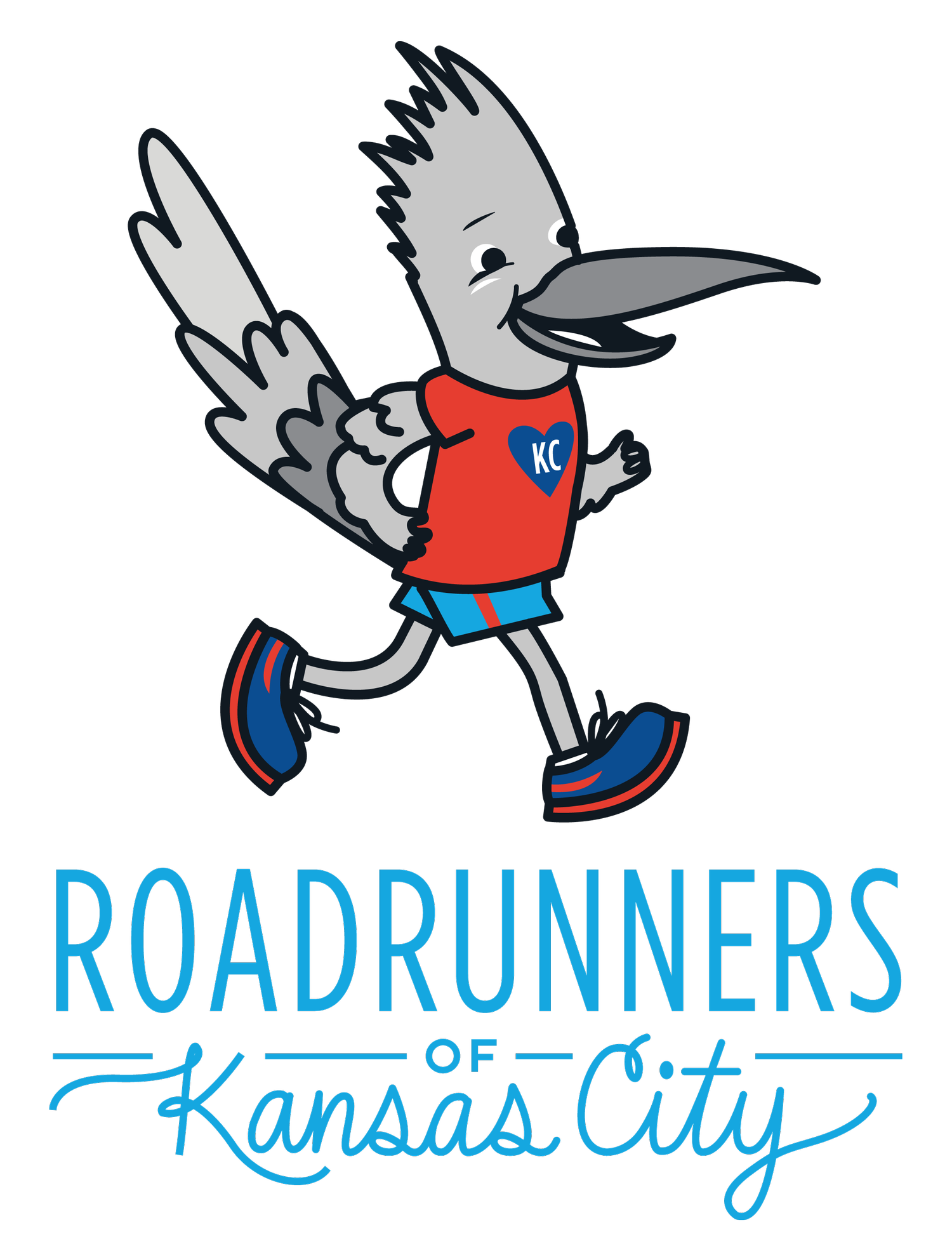Completing the Trifecta to Pain-Free Function and Injury Prevention: Proprioception
/Welcome to the third installment of our trifecta to pain-free function and injury prevention! While there are many components to injury prevention and healthy movement, our trifecta covers mobility, stability, and, in this installment, proprioception.
Proprioception incorporates agility, balance, and coordination.
You know about the five senses: hearing, taste, sight, touch and smell. Proprioception is your sixth sense. It is your unconscious and conscious ability to know where a given body part is in space. For example, if you close your eyes and your friend moves your thumb, you can report, without looking, that it is pointed up or down, left or right.
Your sense of proprioception provides approximately 70% of your ability to react to your environment. That's a lot more than the mere 10% provided by sight and 20% provided by hearing! Your muscles and joints relay information to your brain. Your brain uses that information to decide what action to take and relays it to your muscles and joints.
If the proprioceptive system is damaged or out of practice, connections are disrupted. Your muscles can’t fire at the right time to make use of the strength, even with you have strong muscles around your joints. This can lead to poor balance, lack of coordination and decreased agility. These deficits can cause and/or contribute to injury and negatively affect sports performance.
Proprioception can be disrupted with injury, surgery and declines with age. We all depend upon this sense operating at capacity for daily activities such as using stairs, standing and putting on shoes and socks. We require it for work-related functions, hobbies, and sports. Imagine a quarterback with a recent knee injury that has disrupted proprioception. If his brain cannot interpret which direction the knee is moving and adjust, he is at risk for injury when trying to pivot on one foot to throw the ball.
The great thing about proprioception and balance is that we can restore it! I use a combination of progressively challenging dynamic and functional exercises that stimulate the proprioceptive system. I balance proven exercises with exercises that I create and personalize to each unique patient and case. In some cases, neurological dry needling is helpful to facilitate the function of the proprioceptive pathway.
About Physical Therapy. Physical Therapy addresses function in daily lives, whether it’s our ability to unload the dishwasher, walk without a limp, or run an ultra marathon. Physical therapists work not only with injured patients but also preemptively with patients to prevent injury. This can prevent long periods of pain and time off of sports and work. Periodic PT visits focusing on prevention save time and money on the higher frequency therapy appointments required with chronic injuries.



